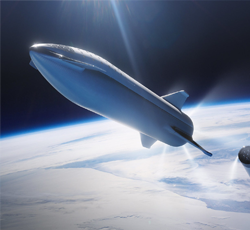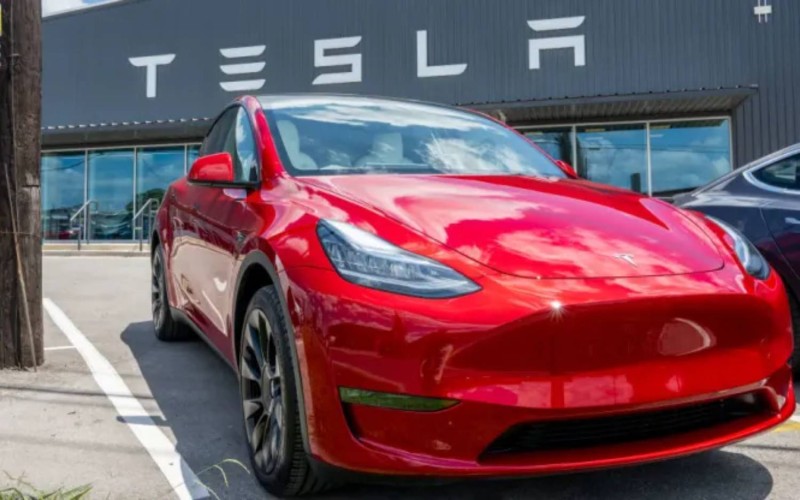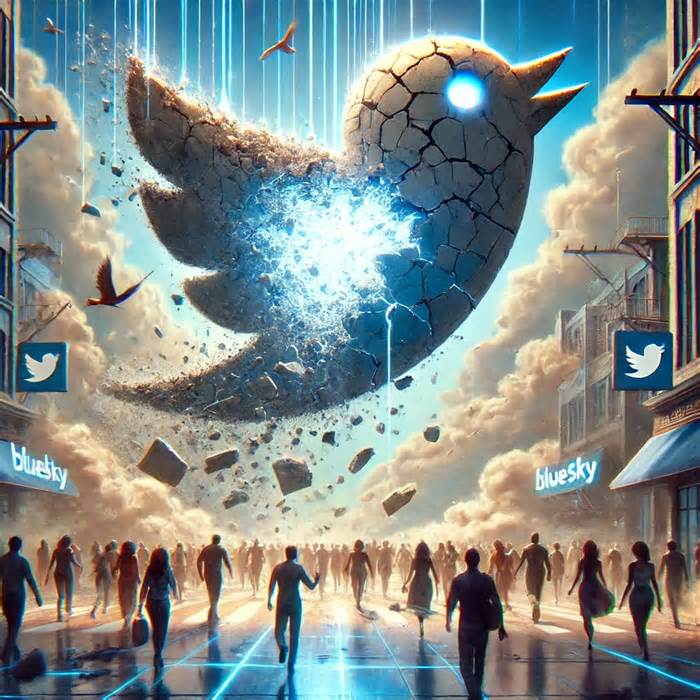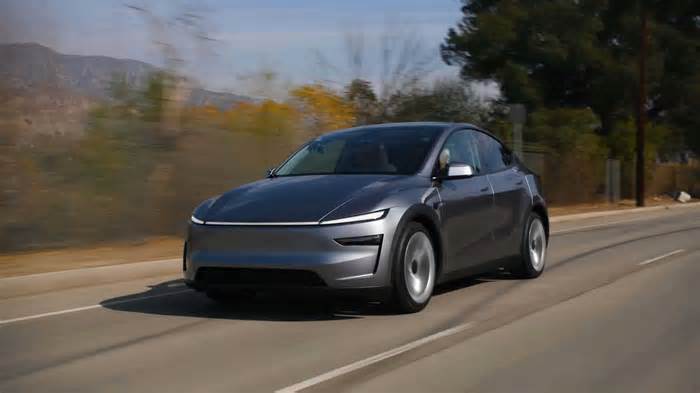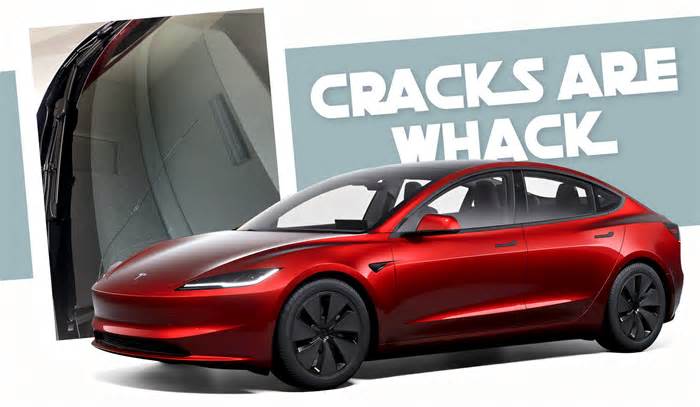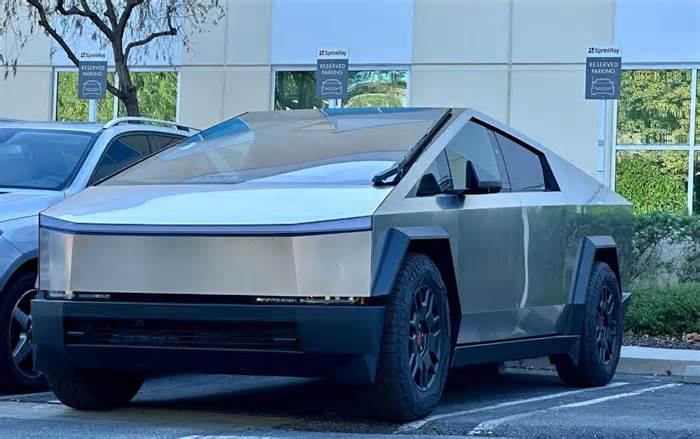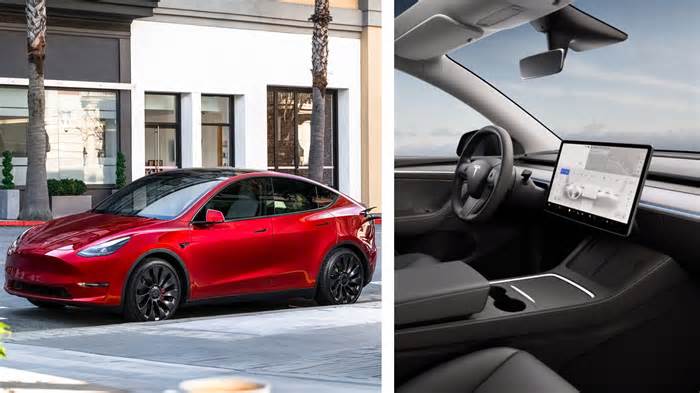
'Herculean' 2.5-billion-pixel mosaic shows our closest galactic neighbor like never before — and took more than a decade to create
- by Live Science
- Jan 21, 2025
- 0 Comments
- 0 Likes Flag 0 Of 5
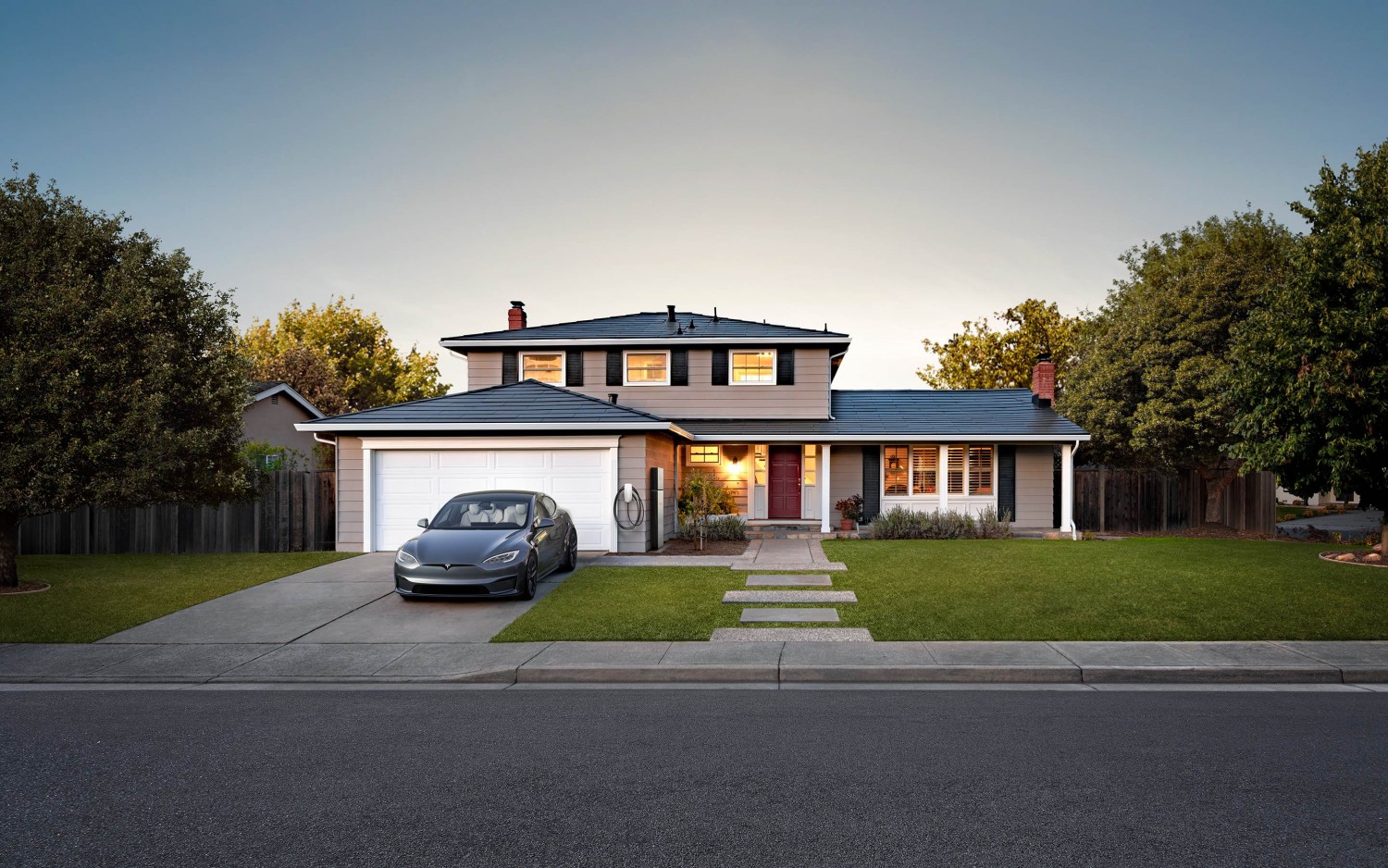
21 January 2025
The new composite image, which combines hundreds of photos from the Hubble Space Telescope, shows the Andromeda Galaxy with more than 200 million individually resolved stars.
When you purchase through links on our site, we may earn an affiliate commission. Here’s how it works.
The new mosaic is made up of more than 600 images taken by the Hubble Space Telescope.
(Image credit: NASA, ESA, B. Williams (University of Washington))
The Hubble Space Telescope has finally completed a stunning mosaic of the Milky Way's closest cosmic companion, the Andromeda Galaxy — having spent more than a decade snapping the spectacular image.
The new image, which was released Jan. 16 by the European Space Agency (ESA), is made up of approximately 600 different fields of view and shows the spiral galaxy "almost edge-on," or tilted 77 degrees compared to how we normally see it from Earth.
To do this, researchers ran two different observing programs to independently capture the northern and southern halves of the galaxy. It "was a herculean task" that required Hubble to orbit Earth more than 1,000 times, ESA representatives wrote in the statement.
The mosaic contains roughly 2.5 billion individual pixels — a new record for an image of Andromeda. This unprecedented level of detail has enabled researchers to resolve more than 200 million stars in the image, which start to "look like grains of sand across the beach" as you zoom in on different parts of the image, according to the statement.
"But that’s just the tip of the iceberg," the ESA representatives added. In total, scientists estimate that Andromeda could have as many as 1 trillion stars, which is up to 10 times more than the Milky Way, according to ESA.
Please first to comment
Related Post
Stay Connected
Tweets by elonmuskTo get the latest tweets please make sure you are logged in on X on this browser.
Sponsored
Popular Post
tesla Model 3 Owner Nearly Stung With $1,700 Bill For Windshield Crack After Delivery
35 ViewsDec 28 ,2024
Middle-Aged Dentist Bought a Tesla Cybertruck, Now He Gets All the Attention He Wanted
32 ViewsNov 23 ,2024





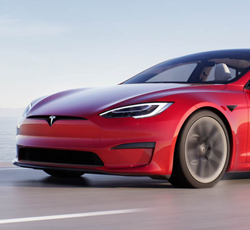
 Energy
Energy